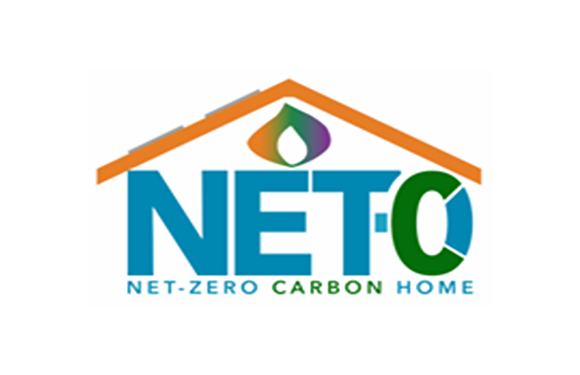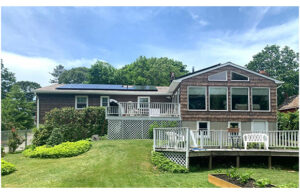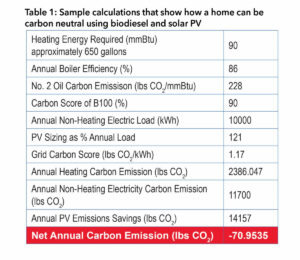
Items of Interest
NET-Zero Carbon Home Shows Negative Carbon Emissions Update on NORA Demonstration Home
The need to lower carbon emissions has driven many industries to find alternative methods to minimize their contribution to a warming planet. The liquid fuel heating industry is no exception. For decades, it has been reducing petroleum fuel use through increases in heating system efficiencies and since the early 2000s, has been working to develop and adopt a renewable and sustainable low-carbon fuel. The use of biodiesel has been identified as an effective and reliable fuel to replace fossil-derived heating fuels. Due to research by the National Oilheat Research Alliance (NORA) and efforts by heating system manufacturers and fuel marketers, the use of increasing blends of biodiesel with No. 2 heating oil has increased rapidly over the past few years.

NORA’s goal is to create demonstration homes that are net-zero emitters of carbon. Labeled the Net Zero Carbon Home Project, the homes will replace standard heating fuel with 100% biodiesel (B100) while relying on solar PV roof panels to generate renewable, carbon free electricity for non-heating uses. Since biodiesel is not yet fully carbon neutral, the solar PV system needed to be sized to produce more energy than the home requires. The excess carbon-free electricity could then be transferred back to the grid and offset the small amount of carbon emissions from biodiesel.
A calculator created by NORA utilizes a number of parameters such as fuel usage and electricity consumption to calculate how much oversizing of the PV system is required to make the home carbon neutral.
The first of these demonstrations is the home of Dr. Thomas Butcher, Director of Research of the NORA Liquid Fuels Laboratory in Plainview, NY. Dr. Butcher’s home was already using B100 for heating and subsequently solar PV panels were installed for the non-heating energy needs.
Using biodiesel consumption (due to hot water production), electrical usage and power generated by PV system, it was found that Butcher’s home was Net-Zero (and beyond) for the months of July, August and September 2022 (see Table 1).
Despite a significant air conditioning load in the summer, each of the summer months contributed to a lowering of the carbon intensity of the grid by producing more energy than was used in the house, as shown by the orange bars.
The question is—as we enter the Winter and biodiesel consumption increases, will the solar on his roof and the savings from the summer be enough to make his house a Net Zero home for the entire year? Preliminary calculations say “yes,” but look forward to an update in the spring of 2023.
NORA is working with various State energy organizations to find additional suitable homes for this project.
Getting Involved
NORA would like to extend the Zero-Carbon Home project to other U.S. States. If you have an interest in working with NORA, contact info@noraweb.org.
National Oil Heat Research Alliance
NORA was authorized by Congress in 2000 to generate funding, from within the industry, allowing the Oilheating industry to provide more efficient and more reliable heat and hot water to American consumers. NORA’s efforts focus on Energy Efficiency, Environmental Responsibility, Safety, Research & Development and Professional Education, with particular emphasis on transitioning heating oil and its appliances to a low-carbon source of heat and hot water. For more information on NORA’s activities go to NORAweb.org or contact NORA at info@noraweb.org











